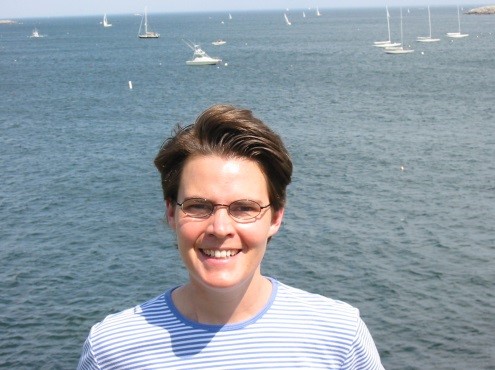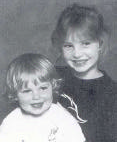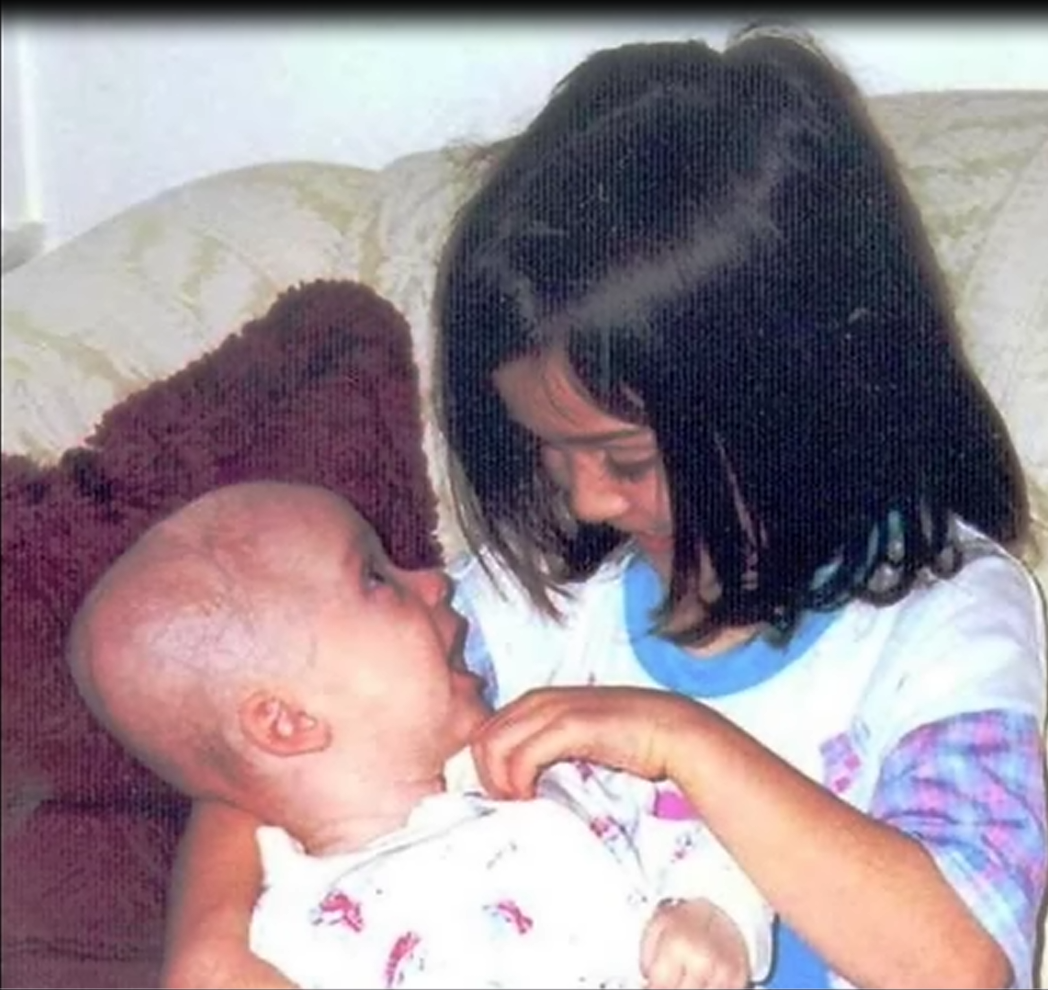Lazarus (1993) defines “coping as a process,” which encompasses “ongoing cognitive and behavioral efforts to manage specific demands that tax the resources of a person.” In relation to life-threatening illness, Taylor (1989) asserts, “coping that enhances and focuses on the positive is important for maintenance of health.”

My diagnosis with two brain tumors thirteen years ago was a shock. How could this be, I wondered? For so long the fact that there was no tumor had afforded me a sense of comfort and security which helped me through some of the most trying neurological sagas related to hydrocephalus of my childhood. But this all changed one spring day in 1989 with the news that I had two brain tumors.
The first surgery was two months before I was supposed to leave for college with a second, more complicated procedure following two weeks later. Expecting a straightforward chain of events, my neurosurgeon anticipated that I would be off to school in a matter of weeks following the surgeries. It did not take long for everyone, except me, to realize that such a course was not meant to be. Finally, one week before my scheduled departure for college, it all sank in. Not only was I not getting out of bed unassisted, I was not leaving for college. Beyond this point, however, I would let nothing sink in. I had been conditioned early in life as a result of my hydrocephalus to push through each episode and sometimes each moment as if it were a separate entity. Subconsciously, I knew that in order to cope with these tumors, and ultimately to survive I could not become consumed by any single element of this new and difficult situation. In this article, I will discuss the ways I have coped with my brain tumor diagnosis both past and present. I will also highlight the ways these coping strategies have shifted over time, illustrating the idea that coping is a fluid process, which typically changes based on developmental, situational and/or environmental factors.
I always have been committed to maintaining a high level of physical fitness and overall wellness. This did not change with my diagnosis. In fact, fitness, although modified, by the physical limitations imposed by surgery and associated treatments, quickly became my primary coping strategy. I was extremely determined to maintain as much physical, body-based integrity as possible. This was not easy, as I could barely walk unassisted and my sight was severely compromised. Nonetheless, I lived for my daily walks around my parent’s circular driveway, as they provided me with an outlet for my masked emotions, as well as some sense of well-being and health. Along with physical activity, denial also helped me to cope. I worked very hard to keep reality at bay, as I wasn’t yet interested in what these tumors might mean. At least I tried to make myself believe I wasn’t interested.
Despite multiple setbacks, this mix of physical activity and denial enabled me to cope and maintain a generally positive outlook during the year following my initial diagnosis. Once I had recovered enough to resume activities of daily living and left home for college, coping became more challenging. I was increasingly preoccupied with thoughts and worries about the tumors and my health. Not a day passed when I did not think about these issues. As a result, I increased my emphasis on fitness to help me cope with these looming worries. Throughout college, I spent countless hours in the pool, swimming laps, rode my bike long distances and ran on the side. Additionally, I became interested in nutritional healing and worked hard to shape my diet according to these principals.
During this time, however, I never lost sight of how fortunate I was to have regained enough physical strength to engage in these activities. At the same time, challenges remained and I still did not consider myself as physically able as my peers. Nonetheless, I somehow developed an identity on campus as a “fitness guru.” Most of my peers had no idea about my medical history or the ordeal of the previous year. They just viewed me as a fit, fun girl who loved life as a typical college student. While this assessment was largely true, there was clearly much more to the story. It would take years for me to feel comfortable sharing this part of myself with those I did not know well. Still, my new identity was a welcome change. Growing up with hydrocephalus made it difficult to escape other’s perception of me as a sick child. Being viewed in the opposite way was refreshing.
Despite my improving health and fitness, I still could not shake my fears and questions related to the tumors. I needed additional strategies to work through these issues. However, I still resisted the idea of facing my many feelings and emotions buried beneath my now healthy, fit exterior. While I realized these feelings were impacting me day-to-day and were consuming a tremendous amount of energy to keep at bay, I still wanted to avoid them.
In time, I became involved with various brain tumor causes and advocacy projects, which, in many ways, also helped me to cope. Meeting others with similar experiences was empowering and helpful on many levels. The work also provided me with a sense of purpose and meaning, not present in my job as a publicist. During this time, I also decided to change careers and become a psychotherapist. My goal in making this move was to find work which would be intrinsically satisfying for the long-term. Once I made this decision, I had no choice, but to get more in touch with my brain tumor experience and explore the many associated emotions and feelings. If I did not fully know and understand my own inner-world, I could not become an effective therapist.
Working through these feelings and emotions enabled me to begin integrating my brain tumor experience more fully into my overall sense of self. Until this point, most of these issues were compartmentalized and separate from the rest of me. The energy required to keep these aspects of myself off my emotional radar was intense. I found bolstering my coping arsenal with strategies added balance to my life and enhanced my physical and emotional condition helpful during this ongoing process of integration. Over time, I have experimented with and incorporated multiple alternative healing modalities into my still active lifestyle. Thus far, I have found massage, principles of nutritional healing, reflexology and meditation the most useful in coping with the many challenges of living beyond a brain tumor.
Clearly, a brain tumor diagnosis can present significant challenges, uprooting the normality of life and relationships across the lifespan. Nonetheless, it is possible to cope with and manage related issues, while maintaining quality of life through diagnosis and treatment. However, it is important to note here that coping is a highly individual process and what works for one person may not work for another. Since all brain tumor experiences are inherently different, it is necessary to experiment with different ways of coping in order to find an effective and comfortable strategy.
Kate Lund is a licensed clinical social worker and is working on a doctorate in clinical psychology. She lives in Massachusetts with her husband Ted.

 Sean’s Story
Sean’s Story